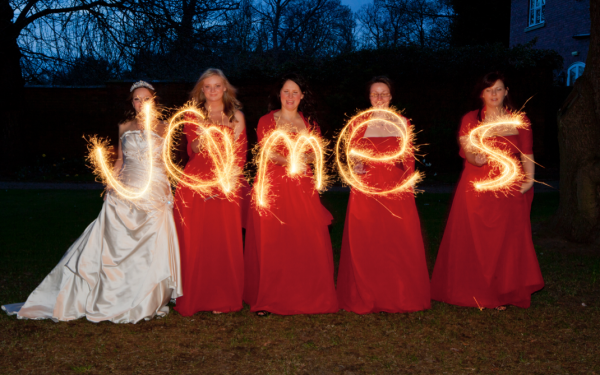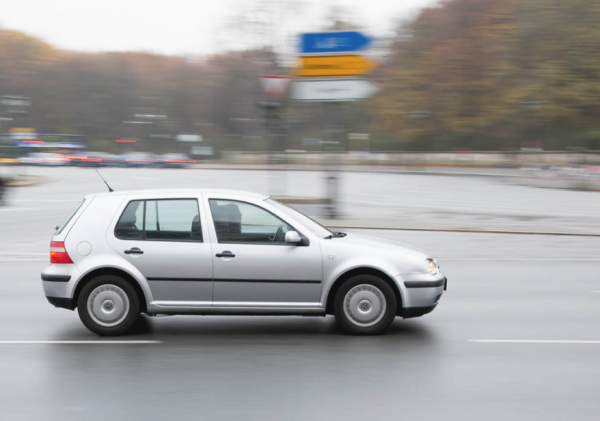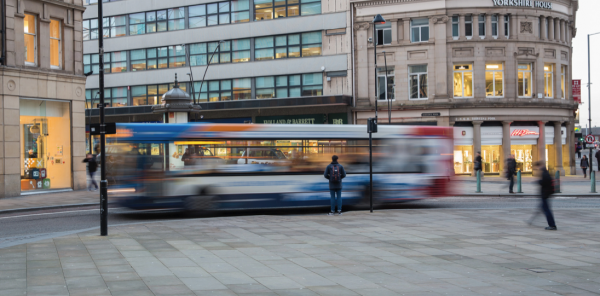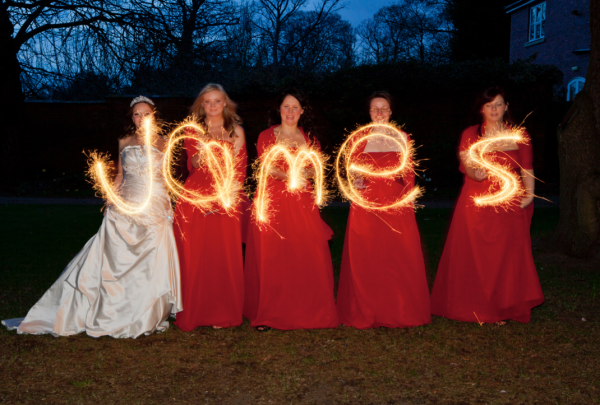Camera Training Tips
Using Shutter Priority
In today’s tip I am going to be looking at shutter speed and how it can affect your photography.
Simply put, shutter speed is how long your shutter is open to light hitting the sensor after you’ve pressed the button. Long shutter speeds can last up to 30 secs or even longer and are excellent for things such as photographing light trails at night on roads. Short shutter speeds can be down to 1/8000 of a second and are ideal for freezing action.
To use shutter speed creatively in your photography you have to understand a little about what it does . . .
If you have the shutter open for a tiny fraction of a second you are going to freeze action and if you have it open for a longer period you are going to get motion blur.
Looking at the 3 photos above all have been shot using Shutter as the priority ((S on the top dial unless you have a Canon camera then it is TV (short for Time Value))
The first photo showing the car nicely in focus with a motion blurred background and blurred wheels is called “Panning”. Here I had the shutter at about 1/60 of a second and I was following the car as it moved along the road. The effect is one of speed.
The second photo was shot from a static position with the camera on a tripod in Sheffield city centre. The shutter was open for just under a second to allow the bus to move in the shot to create the moving effect but as the camera was on a tripod everything else was nice and sharp. This is called “Motion Blur”
The third photo was again taken from a tripod with a shutter speed of 3 seconds to allow the sparklers to create the letters of the name.
Each shot comes under the umbrella of Shutter Priority but uses a different technique.
If you want to know more about how I shot each photo or need help with your photography or have questions why not drop me a line to nick@footprintphoto.biz. I can answer simple questions on the phone or I can talk with you about a half day 121 camera training workshop which is in plain English and easy to understand.




